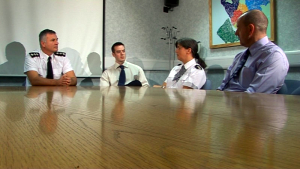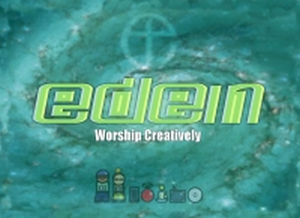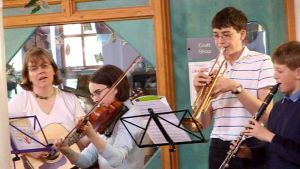This story illustrates the principles of How might a call to fresh expressions come? in the Guide.
 Early in 2006, Peter Owens, Chief Inspector of the Occupational Health Unit at Merseyside police and a leading member of the Merseyside Christian Police Association, planted a church at work, known as Riverforce.
Early in 2006, Peter Owens, Chief Inspector of the Occupational Health Unit at Merseyside police and a leading member of the Merseyside Christian Police Association, planted a church at work, known as Riverforce.
From the initial suggestion made by his vicar, it took a year to set up the first cell, which consists of four high ranking police officers.
All of a sudden, God started putting people in strategic places,
Peter says. Christians were filling key roles in the force.
Peter and his colleagues meet once a week, late on Friday afternoons in an office. Their meeting covers three stages:
-
- presence, in which God’s presence is recognised through worship;
-
- pressures, in which members share and pray through concerns, whether domestic or work related;
-
- purpose, during which they reflect on their roles as Christians in the force, both individually and collectively.
Since Riverforce started, four other cells have sprung up across the Merseyside police force. Most of the cells take place at lunchtimes or after work. Peter attends one of these as well, a cell formed by middle managers.
It is important that these small groups are separate, given the different kinds of pressures faced at work by each group and the confidential nature of some of the matters discussed.
The sudden growth in the number of cells is partly down to Peter’s one-to-one invitations to members.
Everyone seemed to appreciate the need for it,
he says.
Members are all Christians, but, for family or work-related reasons, are not necessarily in a church. Those who do attend church are not usually in a small group and find the cell at work adds an extra dimension to their faith.
It is hoped that an Alpha course due to be run by the Merseyside Association of Christian Police, which Peter also oversees, will encourage newcomers to the Christian faith to join the emerging cell network.
Peter is also talking to the National Association of Christian Police about spreading cell church among the police nationwide.



 It was the vision of a youth worker turned bishop that saw the appointment of Derek Spencer to Deanery Youth Missioner in the largely rural Horsham area of Sussex.
It was the vision of a youth worker turned bishop that saw the appointment of Derek Spencer to Deanery Youth Missioner in the largely rural Horsham area of Sussex.
 Such was the enthusiasm that the new model of church began the very next Sunday with each member offering to take responsibility for certain elements. They each agreed to play their part in arranging coffee before the service, to sit around tables and to have an interactive sermon and shared prayer time. To meet all needs, traditional services happen on occasion, still around the café tables.
Such was the enthusiasm that the new model of church began the very next Sunday with each member offering to take responsibility for certain elements. They each agreed to play their part in arranging coffee before the service, to sit around tables and to have an interactive sermon and shared prayer time. To meet all needs, traditional services happen on occasion, still around the café tables.
 When an Alpha course on a north Oxfordshire housing estate came to an end during 2003, the 24 members wanted to carry on with their Thursday evening meetings, led by pioneer minister to the estate, Ian Biscoe.
When an Alpha course on a north Oxfordshire housing estate came to an end during 2003, the 24 members wanted to carry on with their Thursday evening meetings, led by pioneer minister to the estate, Ian Biscoe.